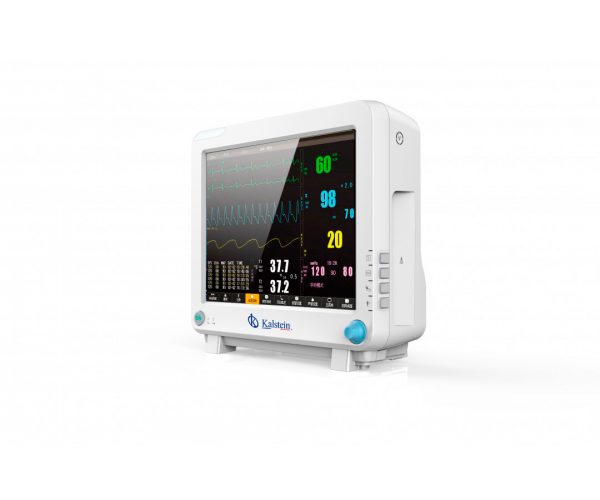Patient monitors are advanced devices that provide a useful tool for healthcare professionals to examine and treat their patients. These devices can accurately monitor patients’ physical and mental status and also enable monitoring of the condition and recovery.
This helps keep health care practitioners well informed about the health status of their patients. In addition, patient monitors are especially useful for chronic or seriously ill patients for whom medical care is essential to their good health and well-being.
What is a patient monitor used for?
Patient monitors are used to provide early detection of disease symptoms and signs by reporting physiologic outcomes such as heart rate, body temperature, and oxygen levels. This information is used to identify disorders early so that health care practitioners can provide more effective treatment.
Monitors can also help prevent complications by alerting medical staff when a patient begins to have problems. This allows doctors to be prepared and to know appropriate treatments before symptoms worsen. The information gathered by the monitors can also be used to develop individualized treatment plans for patients.
This type of information leads to an improvement in the quality of care offered to patients and promotes the use of effective treatments. In addition, the information collected by the monitors can be used to improve knowledge of the clinical status and prognosis of patients. This allows health care practitioners to gain more knowledge from patients, which helps provide them with the best care.
What are the benefits of a patient monitor?
The use of patient monitors is beneficial because they also help improve communication between health care practitioners and patients. This allows clinicians to obtain more complete information about their patients’ health status, giving them greater confidence in providing appropriate treatment. This information also helps provide more effective consultations to patients, allowing identification of the most important problems for the patient.
Monitors can also help patients improve their care. Sometimes, the intense work in an office with several patients and other problems, make patients seem neglected. Patient monitors help ensure that health care practitioners receive appropriate patient information and that practitioners ask patients the right questions to ensure proper care.
Why does the use of a patient monitor contribute to proper care?
It can be concluded that patient monitors offer a useful tool for health professionals when examining and treating patients. These devices can detect early symptoms and signs, reduce complications, and improve the quality and quantity of care. Monitors provide accurate and timely information about patients’ health status, which can help the health care practitioner provide appropriate care.
These devices can also improve communication between health care practitioners and patients, enabling better-informed follow-up and faster identification of problems. Patient monitors are an invaluable tool for healthcare professionals in the care they provide to their patients.
Kalstein Patient Monitor to People’s Health Care
People who come to services need to feel cared for, and that they are treated professionally and in a timely manner. In light of this, the patient monitor from Kalstein manufacturer, is a sensible choice to provide proper patient care. With this equipment, several vital signs such as breathing, heart rate and rhythm and oxygen can be recorded; they have a compact design and a current autonomy of 5 hours, and can be used to monitor the vital functions of children and adults. Other technical details, purchases, prices and quotes are available on the web portals HERE and HERE.

